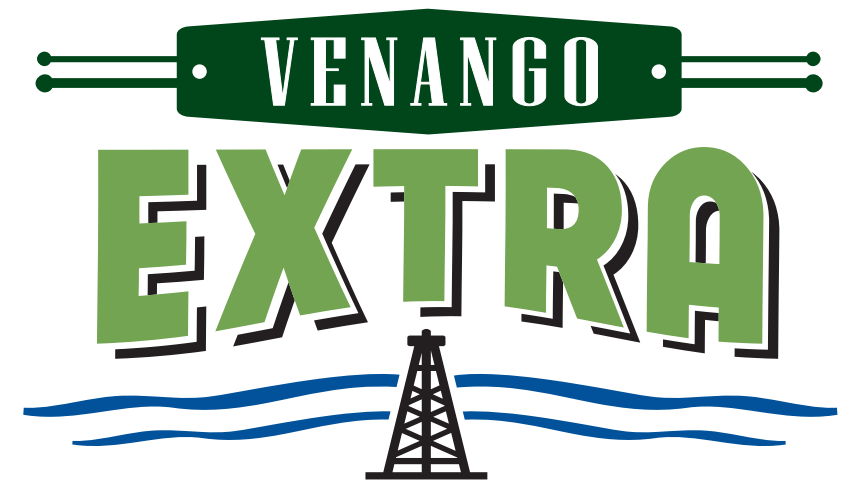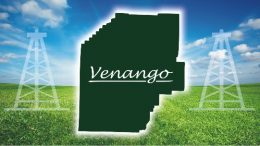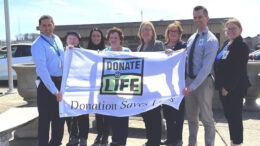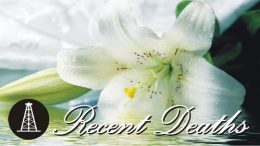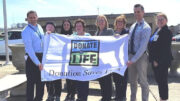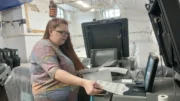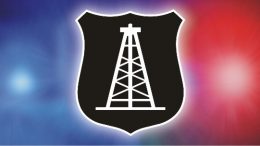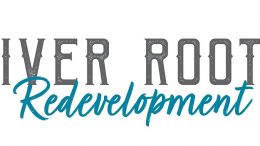The City of Oil City wants the public to add its input into how to spend $306,577 that is coming to the city this year through the Community Development Block Grant program.
Since the program’s inception in 1989, the city has received about $11.6 million in CDBG funding. The monies have been used for downtown revitalization projects, street reconstruction, a new city fire truck, blighted housing removal, water system improvements, parks and recreation and more.
There are guidelines, though, on how the funds can be spent, Kelly Amos, director of the city’s community development department, said at a public hearing before last week’s city council meeting.
One of the more extensive purchases made with CDBG monies was a new city fire truck that was financed over a 10-year period. That obligation is over and no other specific purchases, projects or services have been determined, Amos said.
Eligible uses for the CDBG funds include improvements to public infrastructure in low/moderate income areas, acquisition and demolition of dilapidated properties, alleviation of emergency conditions, rehabilitation of residential/non-residential properties, public services, removal of architectural barriers and economic development/job creation.
Generally, the funds must be used to “prevent, prepare for, or respond to the coronavirus” and that the projects must meet a “national objective as either a public service or economic development activity.”
Individuals, businesses and organizations may submit a proposal, plus a cost estimate, for potential projects to city hall. The submissions must be made by Aug. 10.
A second public hearing will be held at 4 p.m. Aug. 27 prior to a council meeting to consider the proposals.
Additional information is available by contacting Amos at 678-3018 or e-mailing kamos@oilcity.org.
While the promise of funding is enticing, the restrictions that come with it are daunting, said Amos.
“We’ve made no decisions yet,” she said. “There are so many questions about how it can be used.”
There are two categories: public services (health care, job training, child car, public safety, education) and economic development/business assistance (disruptions/hardships due to the virus).
Restrictions include retention/creation of new jobs, company size, new-versus-established service, and income.
